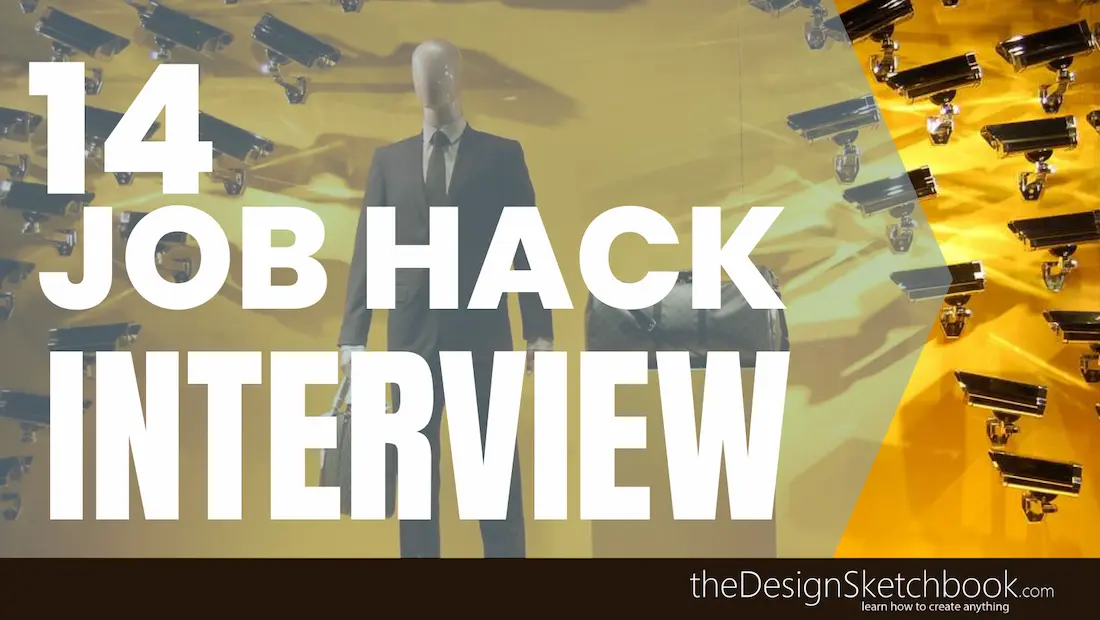
- 1. Talk About What They Want, Not Just What You Want
- 2. Be Courteous to Everyone You Meet
- 3. Use the “Provoke the Yes” Technique
- 4. Make Your Interview a Dialogue, Not a Monologue
- 5. Bring Humor and Light Moments to Engage Emotionally
- 6. Radiate Positive Confidence: Be Magnetic, Not Arrogant
- 7. Use the “Third Eye” Gaze Technique to Manage Eye Contact
- 8. Engage Every Interviewer in Group Settings
- 9. Handle Tough Questions with Composed Pauses
- 10. Don’t Undervalue Yourself on Salary Expectations
- 11. Research Your Interviewer to Build Connection
- 12. Use Tools Like Coroflot to Understand Company Culture
- 13. Prepare 2-3 Thoughtful Questions to Impress
- 14. Own Your Beginner Status as a Unique Strength
- Final Thought: Confidence Is Your Best Interview Skill
Take the term hacking as a positive idea.
You want to promote yourself, not “selling yourself”. Once again, the key is to be yourself, authentic.
Today, I share with you some tips on how to be confident and how to better promote yourself at the interview day. I actually learned most of them when I studied business and marketing before I joined a design school.
1. Talk About What They Want, Not Just What You Want
Instead of starting with a standard introduction like, “My name is Sam Jones and I am looking for a position as an assistant product designer,” flip the script. Lead with your passion and how you can contribute.
For example: “I’m Sam Jones, passionate about product furniture design, and I believe we can create great products together.”
This subtle shift changes the tone from asking for help to offering value—making you stand out immediately.
2. Be Courteous to Everyone You Meet
From the receptionist to the CEO, treat everyone with kindness and respect.
Secretaries and assistants hold the gatekeepers’ keys and their impressions travel upward.
Showing genuine politeness can make a lasting positive impact, no matter your candidate level.
3. Use the “Provoke the Yes” Technique
Frame questions so your interviewer can only say “yes.”
Simple requests like, “May I share my portfolio?” or “May I take a seat?” create an atmosphere of cooperation and positive flow, making the conversation smoother.
4. Make Your Interview a Dialogue, Not a Monologue

Many interviewers aren’t expert hosts—they appreciate when you make the atmosphere friendly and conversational. Approach the interview as a two-way dialogue; share your enthusiasm openly and listen actively.
When the conversation feels natural, it brings out your personality and makes your skills easier to appreciate.
5. Bring Humor and Light Moments to Engage Emotionally
People don’t just hire resumes—they hire people. Share a short, relevant anecdote about a fun challenge or unexpected twist you faced in a project. Engaging your interviewer emotionally creates warm memories that extend beyond technical skills.
A sincere smile or laugh can be your secret weapon to stand out.
6. Radiate Positive Confidence: Be Magnetic, Not Arrogant
You will face tough competition. There’s always someone more skilled or more experienced. What makes you memorable is positive energy and belief in your potential.
Show excitement for the role and company. Make it clear you want to grow with them, not just for a paycheck.
7. Use the “Third Eye” Gaze Technique to Manage Eye Contact

If staring directly into interviewer’s eyes feels intimidating, try focusing slightly above or between their eyes—as if looking at a “third eye.” This helps maintain a natural, confident gaze without feeling overwhelmed or distracted.
It’s a subtle but powerful way to connect.
8. Engage Every Interviewer in Group Settings

If you face a panel, include everyone with your eye contact and responses—even if one person leads the interview. Showing rapport with the whole team signals you’d be a great cultural fit.
Balance your attention between main interviewers and supporting staff smoothly.
9. Handle Tough Questions with Composed Pauses
If stumped by a question, don’t rush to fill silence with “uhhs” or forced answers. Take a calm breath, pause for a moment to organize your thoughts. This demonstrates composure and thoughtfulness.
If you don’t know the answer, it’s perfectly fine to say, “I don’t know, but here’s how I’d find out…” which shows honesty and problem-solving mentality.
10. Don’t Undervalue Yourself on Salary Expectations
When asked about salary, resist the urge to lowball yourself to “get the job.” Research market rates beforehand and communicate a realistic, confident range.
Low salary requests can inadvertently suggest you undervalue your contribution and skill level.
11. Research Your Interviewer to Build Connection
If you know your interviewer’s name ahead of time, do a quick online search.
Knowing a bit about their background or interests helps you personalize your conversation.
Interviewers appreciate candidates who take the time to understand them — it signals genuine interest.

12. Use Tools Like Coroflot to Understand Company Culture
Exploring platforms where companies showcase employee portfolios such as Coroflot, Behance lets you see the creative vibe and priorities they value. Aligning your examples to fit their style or mission adds extra relevance to your narrative.
It’s a subtle way to show you belong with their team.
13. Prepare 2-3 Thoughtful Questions to Impress
A common mistake is to do not ask question at all.
Asking questions at the end marks you as curious, engaged, and serious.
Choose questions about team dynamics, company challenges, or product evolution—showing you think beyond just the interview. It’s also your chance to evaluate if the role is right for you.
14. Own Your Beginner Status as a Unique Strength
Being new to the field has perks: you’re flexible, eager, and bring fresh perspectives uncolored by entrenched habits. Many companies value young designers for these reasons and appreciate your mindset as a learner.
Remember, design is a lifelong journey. Learning will continue well beyond your first job.
Final Thought: Confidence Is Your Best Interview Skill
Getting your dream design job is about more than talent—it’s about mindset, preparation, and authenticity. Be yourself, stay positive, and communicate your eagerness to grow. Every interview is a step forward—embrace it as part of your creative story.
To read in the same topic:
HOW TO TURN YOUR PORTFOLIO INTO A MARKETING WEAPON
9 TIPS TO ACHIEVE YOUR DESIGN DREAM INTERVIEW

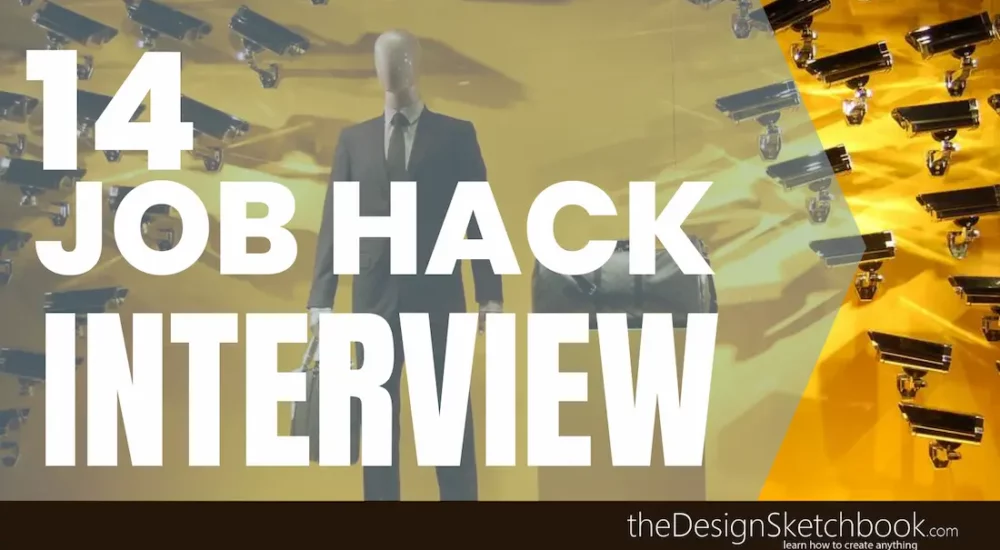
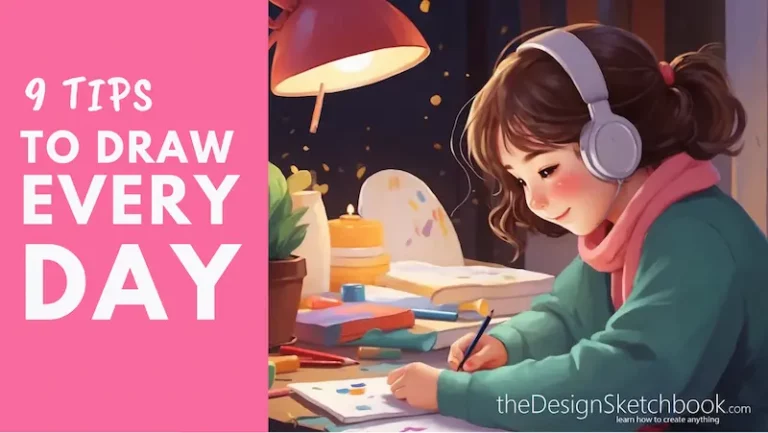
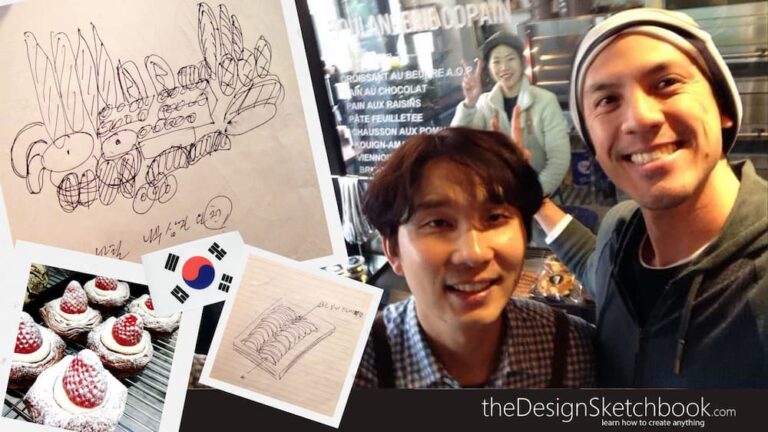



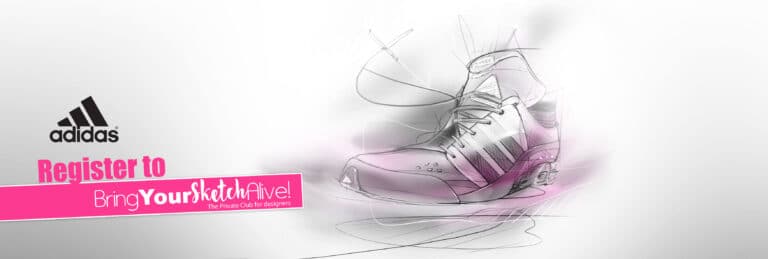
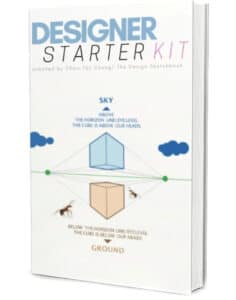

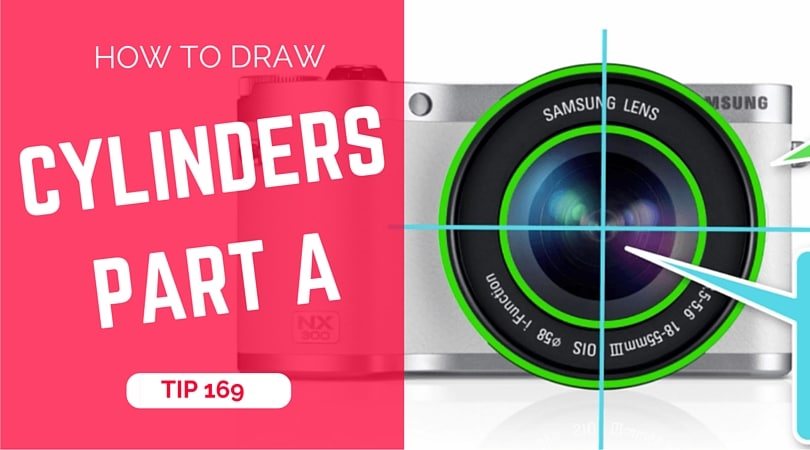

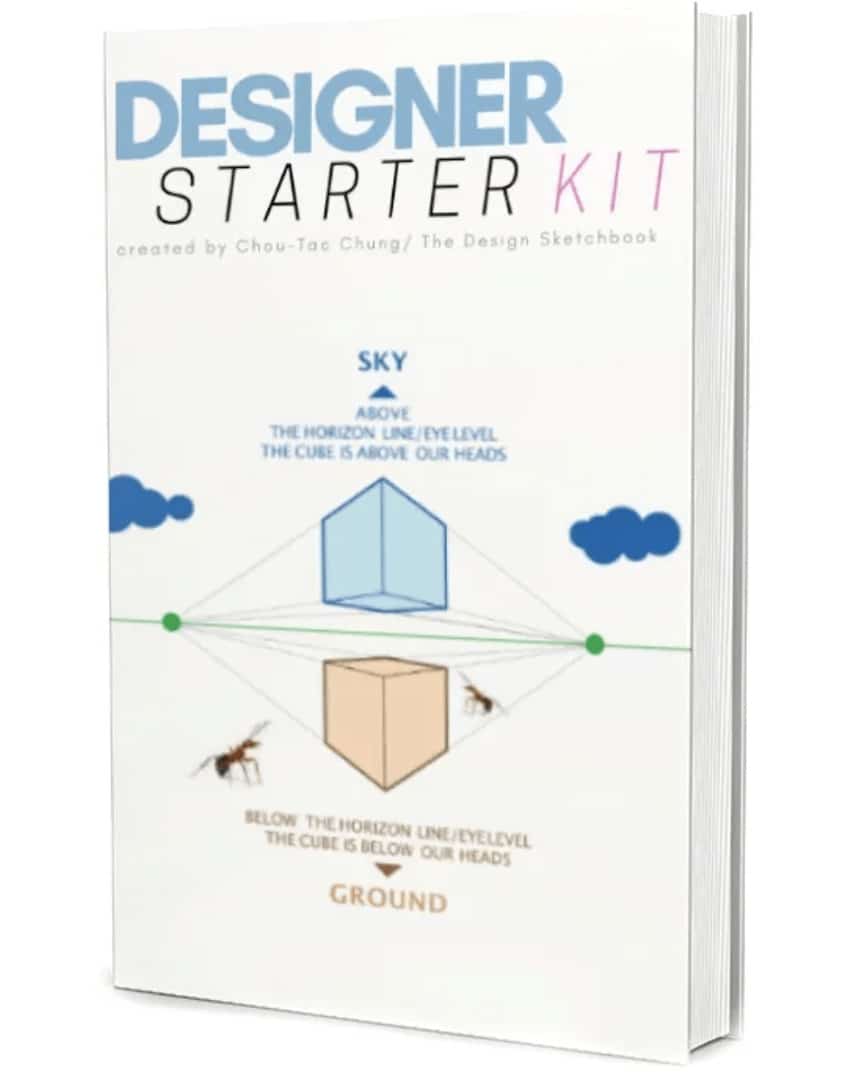
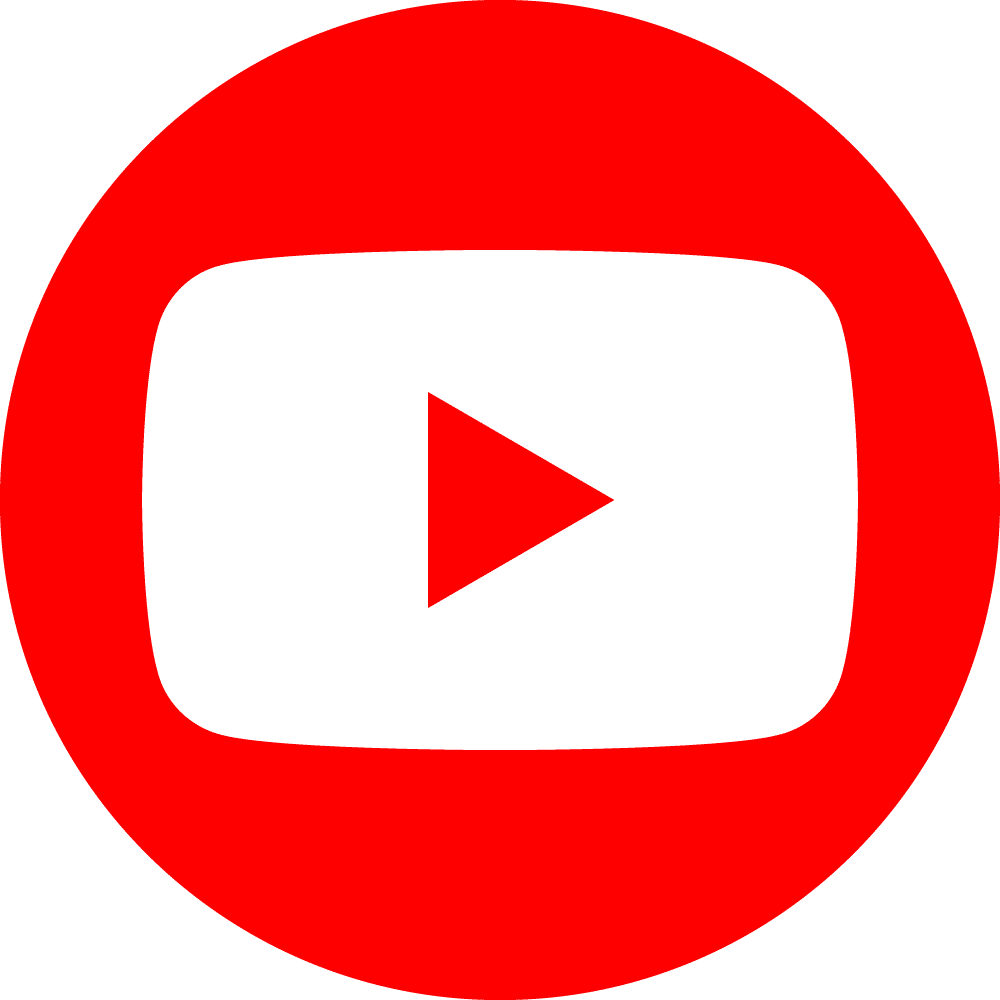

[…] you looking for a design job, but you have no portfolio […]